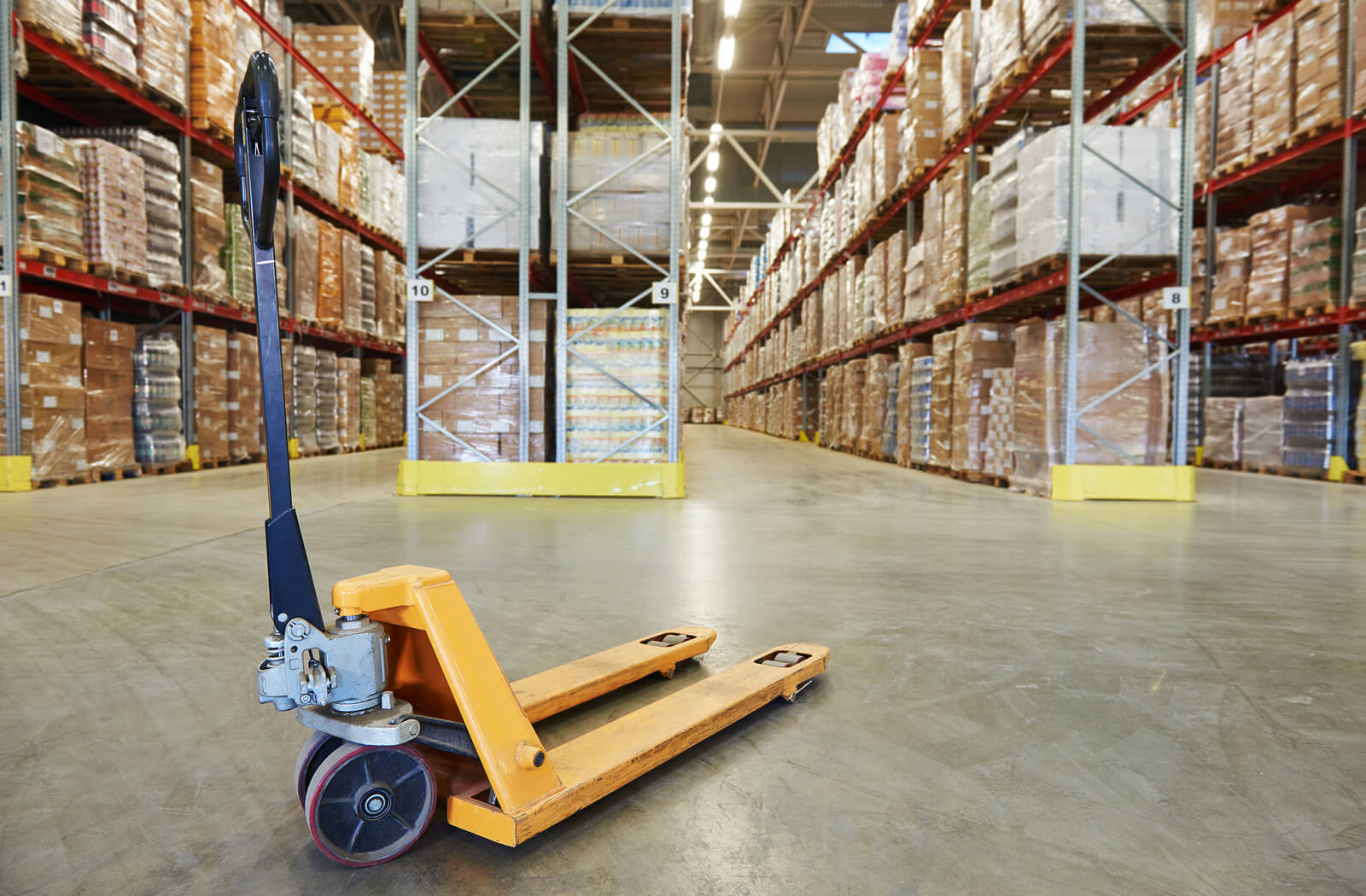Strategies for Reducing Logistics and Supply Chain Costs
Poor logistics planning and decision making can result in excessive expenditures, missed delivery deadlines and damaged goods. This is why optimizing operational efficiency and reducing logistics costs are so important. In fact, they should be among the top priorities for any business that does a lot of shipping and hopes to remain financially viable.
Given today’s high customer demands and a fluctuating global business climate, companies have to rely on smart logistics management practices.
If you have the time and resources, you may implement these practices yourself. If you want to save time and money, you may choose to outsource to a logistics provider who will implement these practices for you.
It is important to understand what good practices are, even if you do completely outsource logistics. You want to understand if you are dealing with a quality logistics provider. Implementing these practices, will help keep services at the desired level, regardless of circumstances.
Understanding the supply chain process
By definition, the logistics and supply chain process involves the movement of goods from the manufacturer to the client – or from raw material to end product.
More specifically, a supply chain refers to a complex system of activities, processes, resources and organizations dealing with the flow of goods and services from suppliers to consumers. Logistics is the flow of goods and services between the intermediary points in the supply chain in terms of transportation and storage.

What constitutes logistics and supply chain costs?
Although the understanding of logistics costs differs between companies, they generally include transportation, labor, storage and administrative costs. Inventory carrying and transportation also contribute to the bulk of these expenses.
Of course, logistics costs will largely depend on the nature of the goods. The process is quite different for perishable and imperishable goods.
When it comes to logistics cost management, it’s important to remember that efficient performance and timely delivery are as vital as reducing logistics costs. You shouldn’t sacrifice the former for the sake of the latter. In short, you must consider both cost and performance, and balance them against each other.
Managing logistics and supply chain costs is particularly important for companies engaged in international trade. This is because these costs account for 5% to 50% of the total landed cost of the product, which includes the purchase price, freight, insurance, warehousing, customs duties, and other costs.
Here’s a list of the things that largely affect logistics costs:
- Fuel costs;
- Delayed arrivals at ports, leading to higher transportation fees;
- Complex regulations governing international trade (document processing, compliance checks);
- Subsequent delivery delays and increased warehousing expenses.
Ways of reducing logistics costs and supply chain costs
Consolidated shipments
It goes without saying that shipping goods in FCL (full container loads) is preferable to LCL (less than a container load); it’s safer and more cost-effective. Also, your goods are loaded according to your specifications in a space that is not shared with other vendor goods. Otherwise, you may experience customs delays through no fault of your own.
This being said, there are circumstances when LCL is the preferred and more economical option. Namely, for transporting a relatively small freight, a good way to reduce logistics costs is by consolidating shipments. This involves a combination of several smaller shipments from multiple suppliers sharing the same destination into one consolidated shipment.
Additionally, logistics providers constantly importing less than a full load from a certain country can partner up with another similar importer and combine their shipments as a more cost effective solution.
Cargo insurance
Logistics planning and cost saving strategies won’t mean much if you don’t insure your cargo properly. The insurance should fully cover the value of your products to prevent unpleasant surprises.

Using a single, integrated platform
Supply chain operations should always be integrated into a single platform, accessible to all involved parties. This way, you’re avoiding duplication of activities across operations. Such duplicated efforts are time consuming, impair your efficiency, and leave room for error.
Outsourcing
Over 2/3 of businesses choose to outsource at least a portion of their supply chain operations, mostly transportation and storage. The reasons behind outsourcing mostly include cost reduction, increased efficiency, and the convenience of entrusting important aspects of your work to more efficient and skilled professionals.
To avoid misunderstandings and excessive costs, it’s in the best interest of both the client and the logistics provider to agree on the most important issues. This includes the frequency and size of shipments, specifics regarding packaging, product handling, temperature control requirements, etc.
Supply chain visibility
Maintaining visibility of your supply chain can improve planning and expense control through better management of your safety stock. Namely, to reduce the risk of product deficits, supply chain managers maintain a certain level of extra stock. It is a way to counteract uncertainties in the supply & demand process, and maintain proper service levels.
Although there is no way to predict or prevent disruptions in the logistics process, proper supply chain visibility can give managers an insight into such issues. Using real-time dashboards that refresh data automatically provides supply chain managers and financial executives with the most current and relevant information.
This way, they can react quickly and find alternate routes of supply or distribution if the need arises. This also reduces the need for large safety stocks and contributes to better cost control.
Optimized use of resources
Insufficient use of company assets, such as underutilized fleet vehicles, facilities or inventory, directly affects your revenue. By optimizing the utilization of your assets, including their status (owned or leased), you can greatly improve your business efficiency.
This can be done through rearrangement of the delivery schedules in order to keep the entire fleet of vehicles active throughout the day, as opposed to peak use of the entire fleet in the morning and idleness for the rest of the day.
Also, companies experiencing high business peaks at specific times of the year can rent additional warehouse space when needed. There’s no need to own a huge warehouse that remains underutilized for the majority of the year.

Timely planning
The well-timed planning of operations such as production schedule, shipping routes, and transit time (from pick-up to delivery) is imperative. Hasty, last-minute choices and decisions will likely result in delays and missed deadlines, reflecting badly on both the company image and finances.
Smart planning should also take into account international holidays as factors in shipping schedules and delivery times.
Logistics Doesn’t Have To Be This Complex, Outsource Your Stress
With A&A as your logistics provider, you can be sure your goods will always be shipped and delivered in perfect condition and on time.
Our worldwide network of freight and shipping professionals guarantees a safe and prompt delivery on a global scale.
For the perfect customer experience, we can also develop and manage a personalized warehouse program, uniquely suited to your storage and distribution needs.

